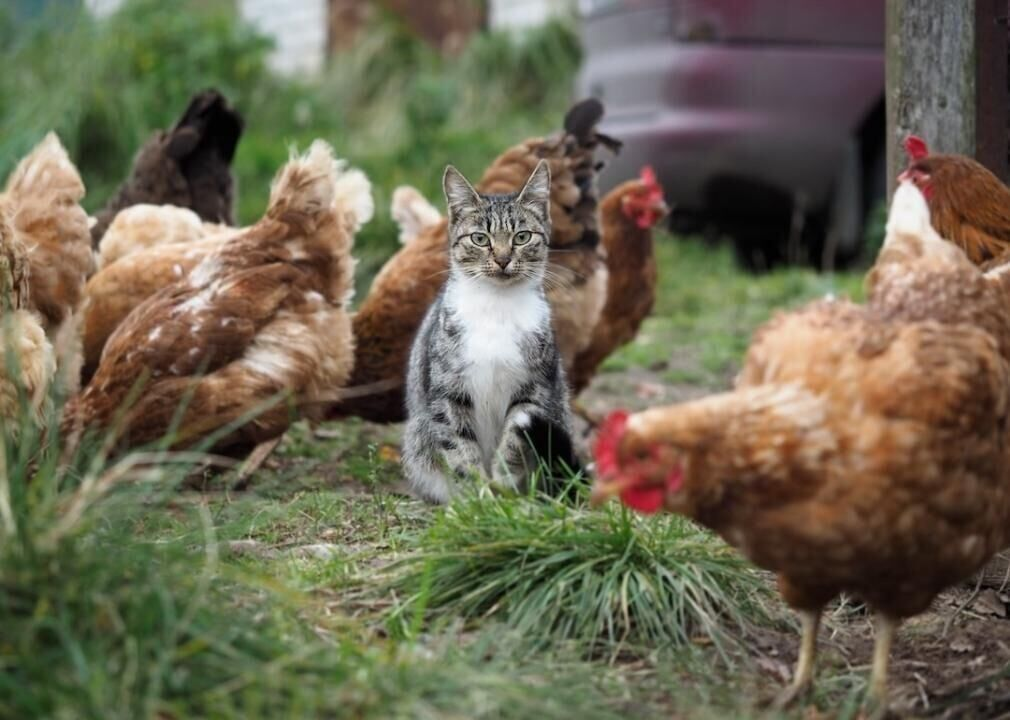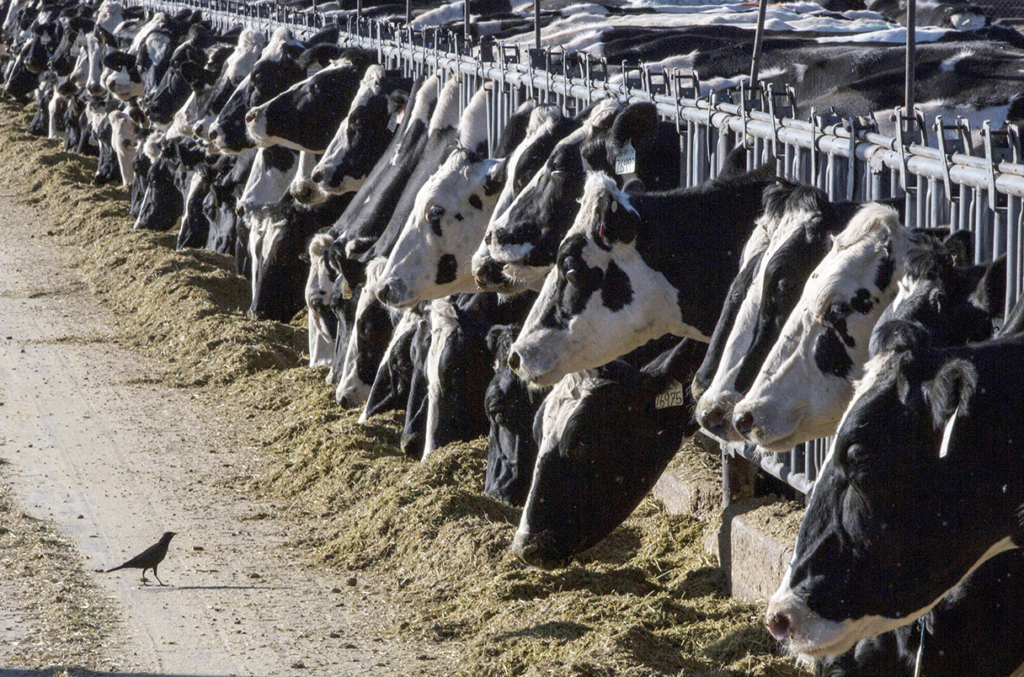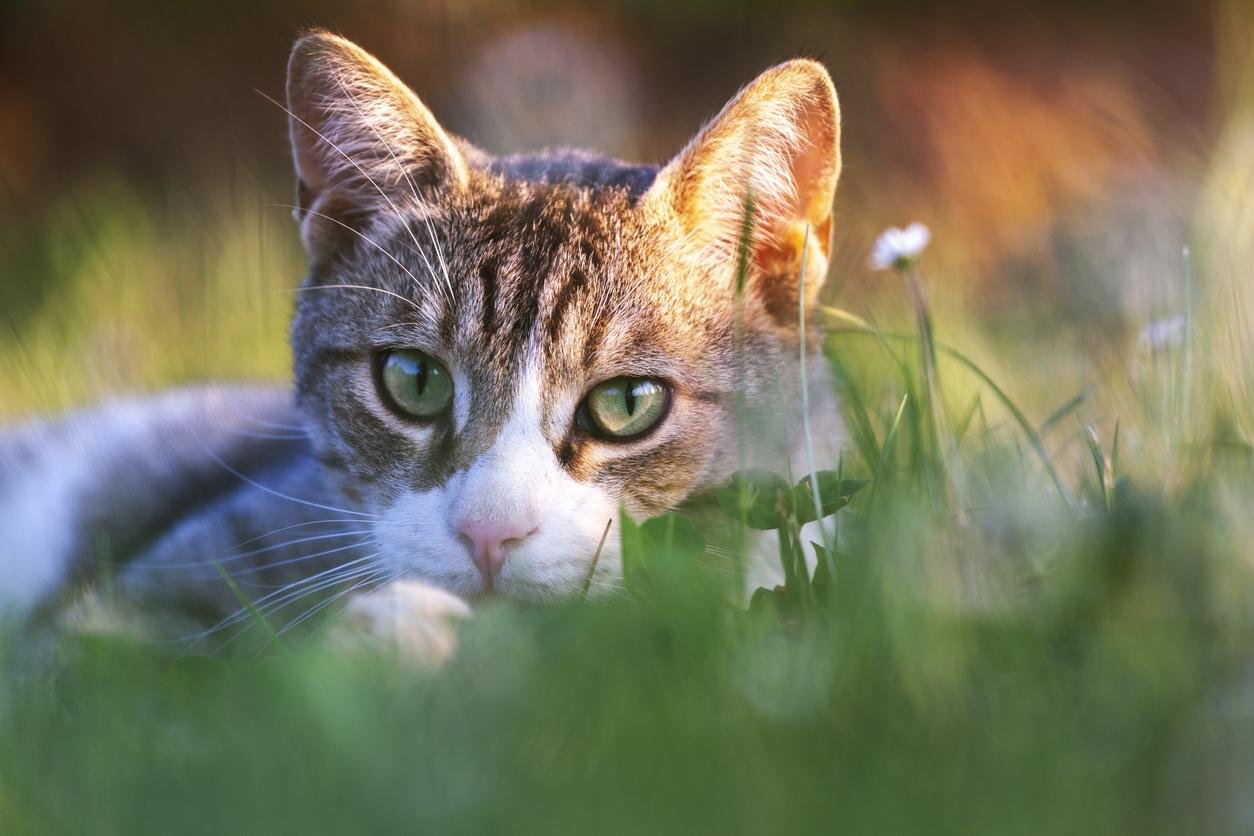Avian Flu Detected In Belgian Cats As Outbreaks Continue on US Poultry And Dairy Farms!
In recent weeks, H5 avian flu has made headlines with new detections in unexpected places, raising concerns about its spread beyond poultry. Authorities in Belgium and the United States have confirmed cases of the virus in domestic cats and other animals, highlighting the evolving nature of this disease.
First H5 Avian Flu Detection in Belgian Cats
On March 4, 2024, Belgium’s Federal Agency for the Safety of the Food Chain reported the country’s first cases of H5 avian flu in domestic cats. The cats lived on a poultry farm in East Flanders, which had already experienced an avian flu outbreak in mid-February. Both cats displayed severe symptoms and were unfortunately euthanized.

Officials believe the cats likely contracted the virus by consuming contaminated eggs or drinking contaminated water. While these two cats were the only ones infected, other cats on the farm have shown no symptoms so far. Although this is the first instance in Belgium, the country has previously detected avian flu in other mammals, such as foxes and ferrets, likely through exposure to infected bird carcasses or eggs.
H5 Avian Flu in Cats in the United States
In the U.S., officials in New Jersey reported four more confirmed cases of H5 avian flu in domestic cats from the same household where two earlier cases were detected. These included both feral and indoor-outdoor cats. Health officials have assured the public that the risk to the general population remains low. However, proactive monitoring and education are underway, especially for people working closely with animals, such as farm workers.

Increased H5 Avian Flu Cases in U.S. Poultry and Dairy Cattle
In the past week, the U.S. Department of Agriculture (USDA) has confirmed more H5N1 outbreaks across several states, particularly in poultry farms. This includes commercial duck and turkey farms in Indiana and Ohio, as well as live markets in New York. The virus has also impacted backyard poultry flocks in Oregon, Illinois, and Michigan.
Since early 2022, H5 avian flu outbreaks have led to the loss of over 166 million birds in the U.S. Additionally, the USDA has confirmed more H5N1 cases in dairy cattle in California, raising concerns about the broader impact of the virus on livestock.

Conclusion
The spread of H5 avian flu beyond birds is a worrying trend for both animal and public health. While the risk to humans remains low, officials are closely monitoring the situation and taking steps to prevent further spread. With the virus affecting a wide range of animals, including cats and cattle, continued vigilance is crucial in preventing future outbreaks.







